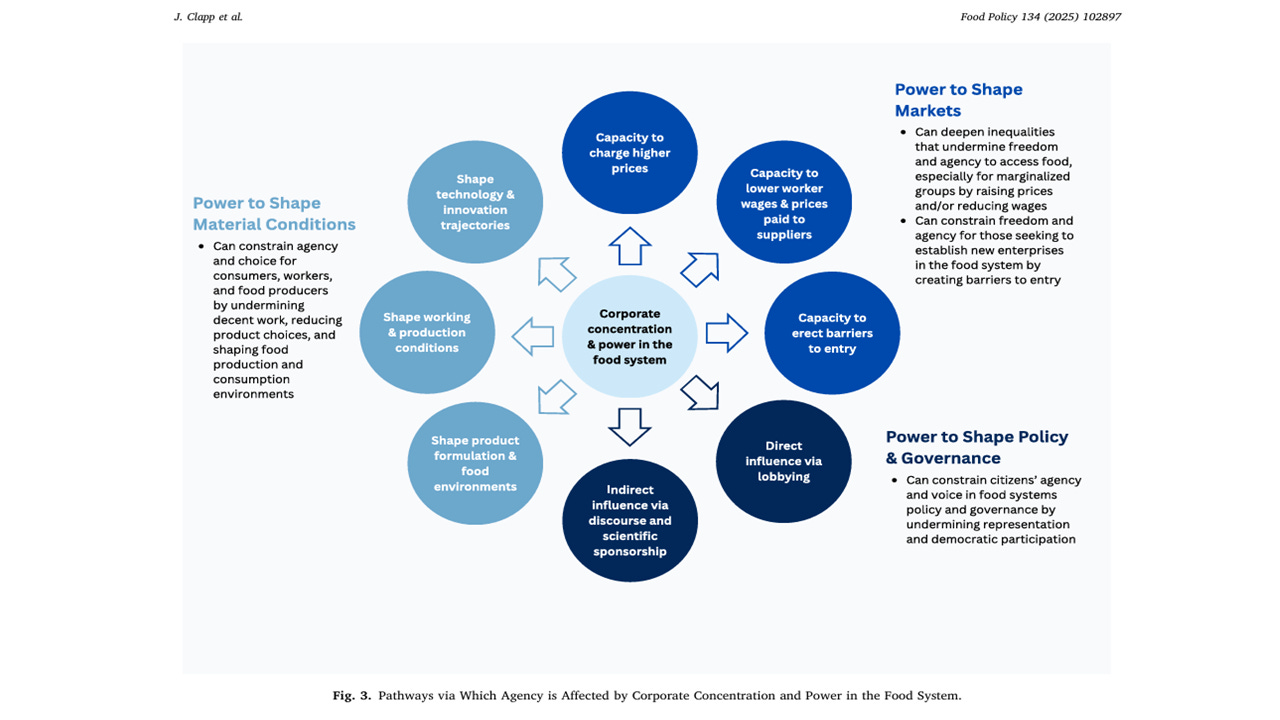Are we transforming?
Theories of change, radical hope, fight or flight...and songs from the seventies
‘The elephant hawkmoth caterpillar is a bit of a thug. Large and brown, it has what looks like reptilian scales. On the back of its head are two blotches which mimic eyes to scare away birds. In my childhood obsession with lepidoptery, I was fascinated by this creature. But the big drama happens later, when its pupa cracks open and a pink and green thing of wonder emerges. Beast to Beauty. Complete transformation. The moth is radically altered from its crawling avatar – different purpose, different capability, different function.’ [Food Fight, p295]
Fight the power
I was lucky to attend an excellent webinar the other week: ‘Power and Resistance in the Food System’ Three inspirational speakers — Jennifer Clapp, Molly Anderson and Haroon Akram-Lodhi — all of whom have had a major influence in food systems theory and practice.
It was packed with wisdom and insight. I’ve been puzzling about how we change things…really change things…as anyone who has reached the last section of ‘Food Fight’ will see.
At 57 minutes in, Haroon Akram-Lodhi shows a fascinating table from a pivotal 2011 paper by Eric Holt-Giménez and Annie Shattuck.
What I really like is the way it provides a paradigmatic structure that captures the core challenge. The original paper suggests the corporate food regime is not only sustained through big business-as-usual, it’s indirectly being maintained by the Reformists. Many reformers (in the 2nd column) have appropriated the language of transformation, when they’re not really interested in it at all.
The first two columns work together very well…and have done so, for many years. Which is one big reason why the Corporate Food Regime — nearly half a century old — is still stronger than the Food Movement (columns 3 and 4).
In their paper, Holt-Giménez and Shattuck speak of the ‘double movement’, back and forth, in which Reformists seek to smooth over the sharp edges and damage caused by neoliberalism which ultimately helps to maintain it.
‘The Reformist path out of the current food crisis is through a social re-stabilisation of the corporate food regime on the one hand and the further application of technology and global markets on the other’
Part of the problem for the food movement, on the other hand, is that Progressives and Radicals don’t work together so well. Akram-Lodhi argues it is essential they figure a way to do this, suggesting it is the Radicals who need to ‘give ground’ to draw in the Progressives.
*
Last year, Vivica Kraak and Kim Niewolny published a review of food system governance frameworks and models to develop a typology for social change movements to transform food systems.
Here’s the typology they developed.
Again, it revolves around the same four political ideologies:
Neoliberal, Reformist, Progressive, Radical
….which in turn relate to four different paradigms:
Maintain, Reform, Transition, Transform
…and ultimately, four different strategies to drive social change (final row).
Finally, we start to break through the clichéd repetition, the appropriation of language and begin to see what’s really needed.
Why it matters
And in case we need reminding why we need to truly transform food systems, we have more ammunition in the form of another excellent paper by Jennifer Clapp and colleagues, just published in Food Policy.
Corporate concentration and power in food systems manifests in interlocking ways to shape markets, material conditions, policies and politics — to keep the status quo.
Not good for people’s agency, not good for the planet.
Mad as hell (MAH)
Just came across this great blog by the inimitable Jess Fanzo.
I loved the way she uses classic 70s films as a prism. A rich vein of music also ran through that decade — my memories of the turbulence of adolescence are all soundtracked.
Inspired by this, as I was making a mess of what should have been an easy task (varnishing a few square metres of decking…how hard can it be?), I revisited the 70s songs that spoke to the eternal challenge when confronted with insanity and injustice:
Fight or flight?
It started with Bowie:
All the Madmen, Hang on to Yourself, Life on Mars?, Five Years, Rebel, Rebel, Heroes
And his pal, Iggy:
1970, Raw Power, Lust for Life, The Passenger, Don’t Look Down
The Clash, of course:
Should I Stay or Should I Go?, Complete Control, London Calling, Safe European Home, Clampdown, I Fought the Law, Stay Free
And so many other ‘fight or flight’ classics, including Gil Scott-Heron (The Revolution will Not be Televised), Marvin Gaye (What’s Goin’ On), Bob Marley (Get Up, Stand Up), Isley Brothers (Fight the Power)…not to be confused with the immense ‘Fight the Power’ by Public Enemy (‘most of my heroes don't appear on no stamps’), The Stranglers (Something Better Change, Straighten Out, No More Heroes), The Fall (Hit the North, Lost in Music), Joy Division (Shadowplay, Atrocity Exhibition, Atmosphere (‘don’t walk away…in silence’), Gang of Four (At Home He Feels like a Tourist), Killing Joke (Requiem, Wardance), Magazine (The Light Pours Out of Me, A Song from Under the Floorboards), Heaven 17 (We Don’t Need this Fascist Groove Thang), Only Ones (Another Girl, Another Planet), Siouxsie and the Banshees (Spellbound)
OK, that’s enough misty-eyed nostalgia…back to varnishing..
[Footnote: I wasn’t actually aware of the ‘mad as hell’ quote by Peter Finch…though I had run into MAH by the Chemical Brothers which spectacularly reprised it]
‘Despair is a Luxury’
To end with some radical hope…
I’ve just finished this wonderful collection of essays by Rebecca Solnit, having recently attended a lively ‘in conversation’ event with her and Caroline Lucas at the Brighton Festival.
Solnit’s been writing about hope for more than twenty years…like a seasoned boxing coach ‘tending to the spiritually and politically exhausted citizen…’
I read with a red pen, picking out lines, but gave up…there are so many.
‘Despair’s cheerleaders offer the same message that institutions all around us do: that we are powerless, that power resides in the few, at the center, at the top. Part of the resistance must consist of refusing to believe them, and that can be reinforced by better versions of history and theories of change.’
If you think there’s no point or nothing’s changed, remember:
‘…even when the rock’s on the bottom of the pool, the ripples are still spreading’
Now, more than ever…
See you at the end of the month!








